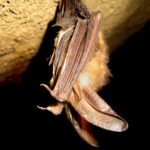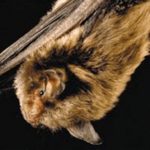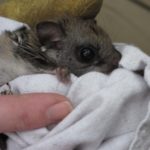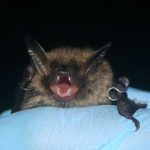Protected Mammals
The Endangered Species Act of 1973 (ESA) allows the US Fish and Wildlife Service and the National Marine Fisheries Service to list species of plants and animals as federally threatened or endangered. These United States designations are defined as follows:
- “Endangered” means a species is in danger of extinction throughout all or a significant portion of its range.
- “Threatened” means a species is likely to become endangered within the foreseeable future.
The State Endangered Species Act (N.C. General Statutes Chapter 113 Article 25) empowers with N.C. Wildlife Resources Commission to recognize species as needing additional conservation. State-listed designations and their definitions are as follows:
- “North Carolina Endangered” designation is given to any native or once-native species of wild animal whose continued existence as a viable component of the State’s fauna is determined by the Wildlife Resources Commission to be in jeopardy or any wild animal determined to be “‘Endangered” pursuant to the ESA.
- “North Carolina Threatened” designation is given to any native or once-native species of wild animal that is likely to become an endangered species within the forseeable future throughout all of a significant portion of its range or one that is designated as “Threatened” pursuant to the ESA.
- “North Carolina Special Concern” designation is given to any species of wild animal native or once native to North Carolina that is determined by the Wildlife Resources Commission to require monitoring but that may be taken under regulations adopted under the provisions of Article 25.
Species with either a United States or a North Carolina designation should be addressed in your forest management plan and taken into consideration during all activities in your woodlands.
 |
Virginia Big-Eared Bat
|
 |
Indiana Bat
|
 |
Carolina Northern Flying Squirrel
|
 |
Northern Long-eared Bat
|
